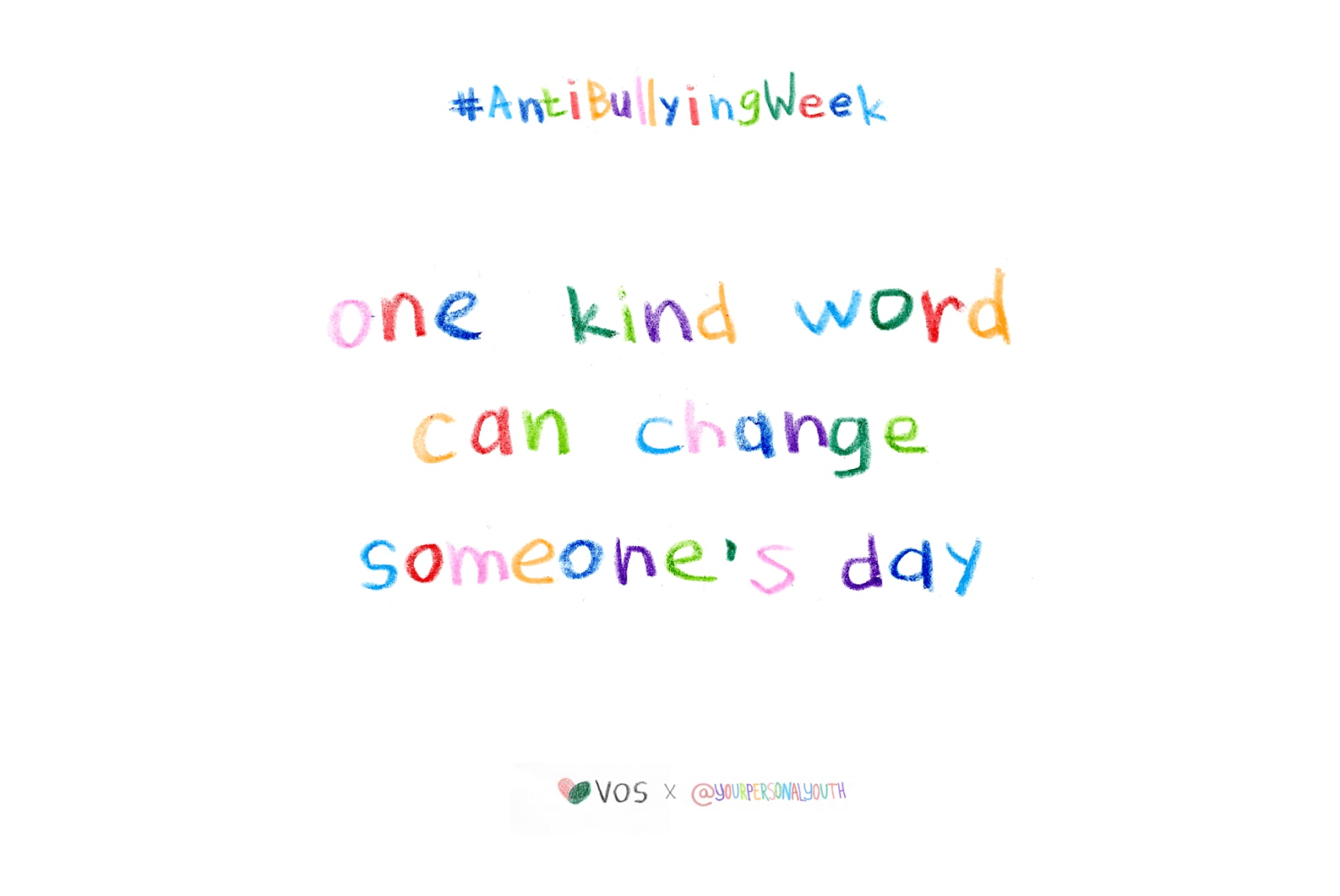5 Ways Nature Can improve your mental health
A few weeks ago we got a chance to celebrate National Stress Awareness Day, and today is the 15th of November, which means the beginning of the Anti-bullying week! Therefore, in this article, we would like to focus on the topic of bullying. We bet you’ve heard a lot about bullying at school, but did you know that school and children’s collective is not the only environment where you can experience bullying? Unfortunately, bullying also occurs in the workplace. How does it look like and what can we do about it? Let’s find out!
How to recognize bullying in a workplace
As you can read in Crystal Raypole’s article, workplace bullying is harmful, offensive, mocking and intimidating behaviour targeted against one person or a few people. This behaviour forms a pattern and repeats and of course, this type of bullying is happening in the work environment.
Some forms of workplace bullying can be really obvious. For example physical aggression, harmful jokes and generally verbal aggression… However, bullies also tend to attack their colleagues or employees or bosses in a way that is not so obvious and can be easily overlooked or misinterpreted. For example, they can mislead their victims about work duties information - they can lie to them about deadlines or other specifics about their tasks. The bullies can also just deny any victim’s request for time off without giving a proper and valid explanation. The victims can also be unduly controlled and criticised. You can find these and other symptoms of bullying in the workplace in the article mentioned above.
Sherri Gordon’s article talks about components of workplace bullying. She describes there is typically a power imbalance. That doesn’t necessarily mean that the bully is the victim's boss or supervisor, the power imbalance can be caused by other factors such as having a bigger influence on other workers and having a sharper tongue. This power imbalance easily makes the target feel alone, excluded and vulnerable. Another component of workplace bullying could be called ‘repetitive actions.’ This means that bullying is not about a single act - not about a single fight, mean word or another incident. Bullies are attacking their victim repeatedly, sometimes they keep on doing the same harmful thing such as name-calling, or sending rude information about the victim, other times there are various forms of making the victim's life miserable. The third component of workplace bullying is marked as ‘intentional actions.’ This aspect confirms that the behaviour is truly intentional. The bully really wants to hurt, manipulate, control the target. It’s definitely not accidental and it makes the victim feel ashamed, alone, sad, anxious…
What to do about workplace bullying
There are various positions in which you could be, however, workplace bullying is negatively affecting everyone.
Arlin Cuncic in his article talks about what you can do about bullying. If you’re a bystander and you notice the bullying of your team member. If that’s your case, try to point out that it’s not okay to treat someone this way and express your disagreement with the bully’s behaviour. Try to support the victims and let them know they’re not alone and that you don’t find it okay. Talk to your other colleagues about it and express your concern about what is going on. If you can, try to spend breaks and walk with the victim to limit the danger of harmful interactions with the bullies. Check in privately with the target/targets of the bullying and let them know you care and that you don’t find it okay.
If you’re in the victim’s position, think about the way you want to respond to the attacks. Consider the number of attacks, the severity, your possibility to avoid the attacks/ protect and defend yourself. Sometimes it’s better to escape- ask for a different position in your organization, move your office or desk if to limit the contact with the offender. You should also keep records and document the offences in case you would decide to file a complaint or the police record. Don’t hesitate to ask for help and get yourself all the support you need. Contact a crisis helpline and talk to a mental health professional if you feel you could use someone to talk to about this situation.
If you’re in the position of the offender, consider seeking a therapist. The bullies are often people who suffered, people who had a traumatic experience, often they were attacked or abused. There is something you can do about it. For yourself and for the people around you.
We hope you find this article useful and wish you to have a peaceful, fair and friendly workplace. If that’s not the case, take care and get the support you need.



